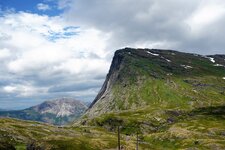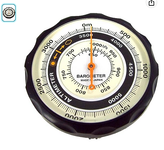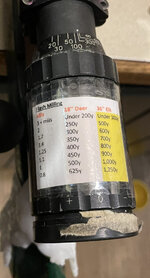Learned a shitload about wind, dope and crappy equipment. A tikka bolt is your friend.......a remington 700.....not so much.Except that you can’t in broken terrain.
This week we were shooting across, through, up, and down this canyon. The wind at the gun was spot on 90° (Right to left) at 2-4 MPH. Both shooters missed their first shots on a 10” target at just under 600 yards doing what amounts to getting the wind speed and direction from a Kestrel and putting that into the data.
View attachment 565738
The reason they both missed was because they took the direction and speed at the gun as you are wanting, and didn’t notice or observe that they were in a pocket where the wind was blocked by not only the hill to their right 100 yards away, but also that friction from the hill and brush was slowing the wind down at their position. To their right about 100 yards were bushes and trees on the edge of the canyon that showed the wind much higher than 3mph, and not directly at 90°. Additionally, directly to the left was a bowl about 200 yards across that caused the wind to swirl back into itself not only slowing the apparent speed, but quite often showing a left to right wind at the gun, instead of right to left that it actually was.
After their first shots, we went over to the edge and the wind speed at 6-7 foot high was between 8-14mph, with an average of 9 mph.
Using a Kestrel to get the wind degree was useless there. It’s useless in most environments outside of flat prairies and shooting ranges.
Gonna take up golf.
Randy




